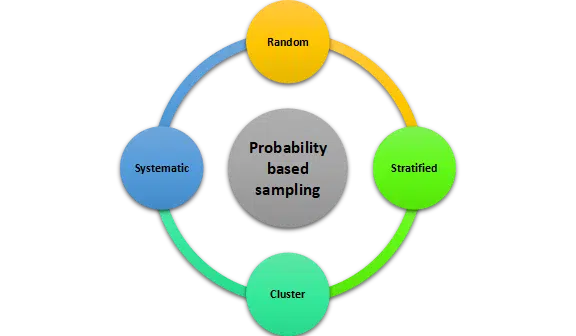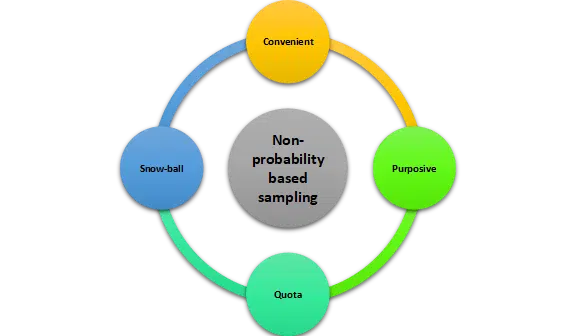Sampling refers to choosing elements of the population for data collection. Samples are the subset of the population representing the population. Many constraints affect the decision of researchers to choose sampling instead of the census. In sampling, a few elements are chosen as samples for data collection. The timeline of the research, cost, and resources are the factors affecting the decision to choose sampling instead of the census.
What is census?
In a census, all elements of the population are observed. An example of the census is data collected by governments related to households and individuals in the country. Governments usually perform a census after ten years. Census requires high costs and resources the governments provide to collect data about the population. Researchers cannot incur huge costs and arrange resources to study the whole population because the cost-benefit analysis does not justify the costs.
Types of Sampling
Researchers use different types of sampling to choose samples from the population. Researchers use two broad types of sampling, i.e., probability-based sampling and non-probability-based sampling. The choice of the sampling type depends on the research objective and the distribution of knowledge, expertise, and authority of samples.
Probability-based sampling
In probability-based sampling, each element of the population has an equal chance to become sample. The researcher is indifferent in choosing any element of the population as sample. This type of sampling is generally used in choosing samples for customer surveys, patient surveys, or different types of marketing surveys.
Example
A telecom company wants to know about the problems faced by its customers. The company developed a structured survey and randomly asked customers to fill out the survey. It is an example of random sampling within probability-based sampling. The company chose customers randomly, and each customer has an equal probability of participating in the survey.
Probability-based sampling techniques
The researcher chooses random sampling, stratified sampling, systematic sampling, or cluster sampling to choose samples using probability-based sampling.

Non-probability-based sampling
In this type of sampling, the researcher uses specific inclusion criteria for choosing samples. The elements of the population meeting the inclusion criteria can become a sample. Therefore, in non-probability-based sampling, each population element does not have an equal probability of becoming a sample. The researcher chooses samples based on knowledge, expertise, authority in an organization, or convenience to access the sample.
Example
For instance, a researcher is interested to know about the risk management techniques used by project managers in the construction industry. The researcher will use non-probability-based sampling because the study needs data from project managers working in the construction projects. The inclusion criteria include the following.
- The sample must be a project manager
- The sample must be a project manager in the construction company
The researcher cannot choose project managers from the IT or oil and gas sector because the scope of the study does not allow the inclusion of project managers from other industries and sectors.
Non-Probability based sampling techniques
In non-probability based sampling, researchers choose convenient sampling, purposive sampling, quota sampling, and snow-ball sampling to choose samples from the population.

Also Read:What is Epistemology in Research?
